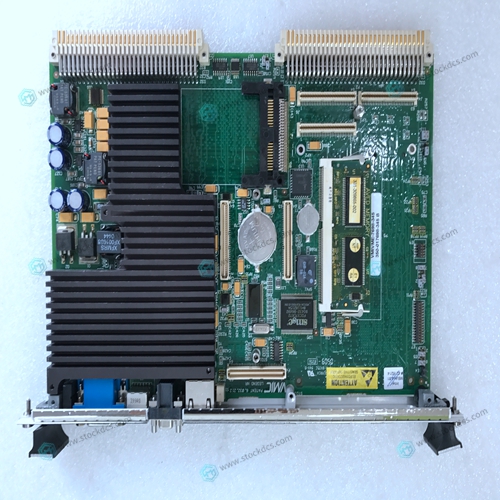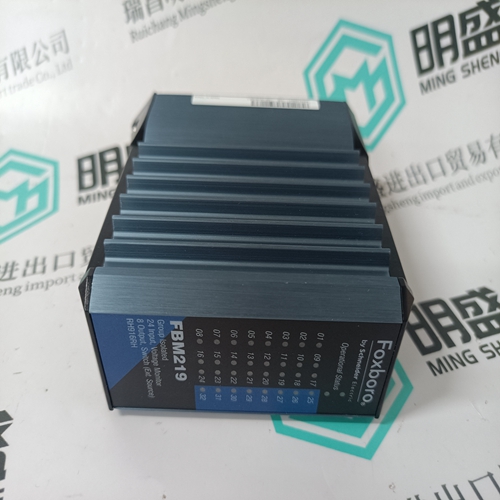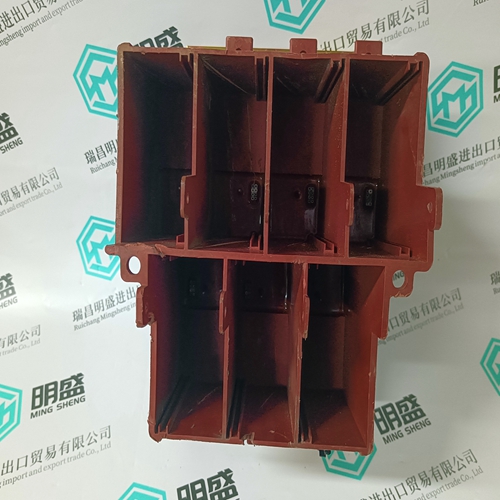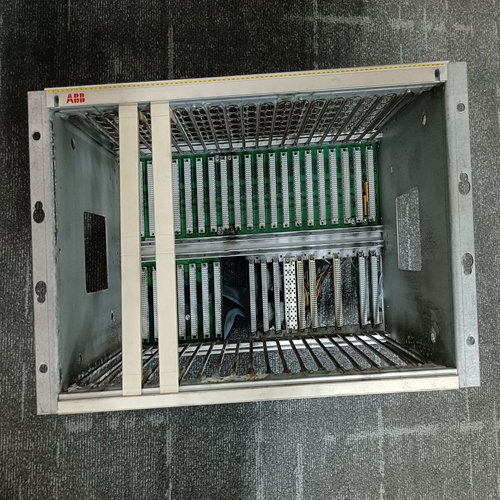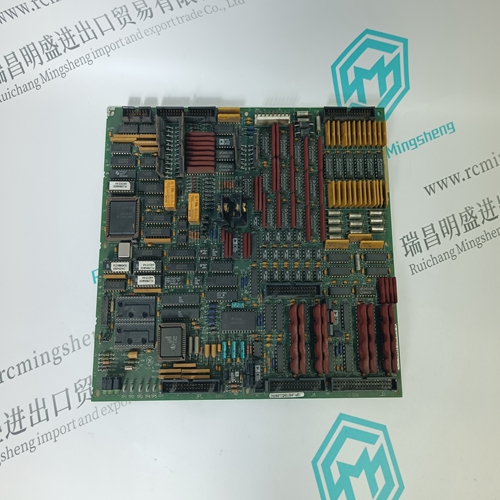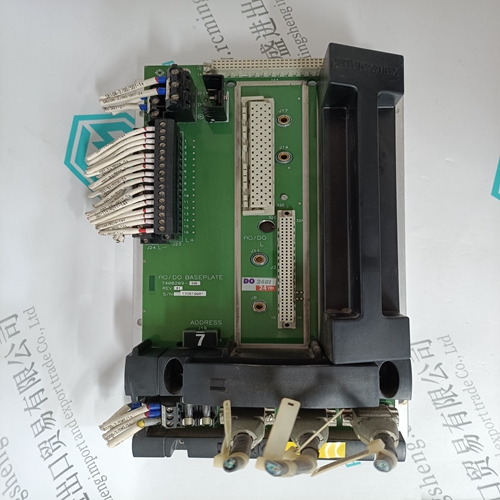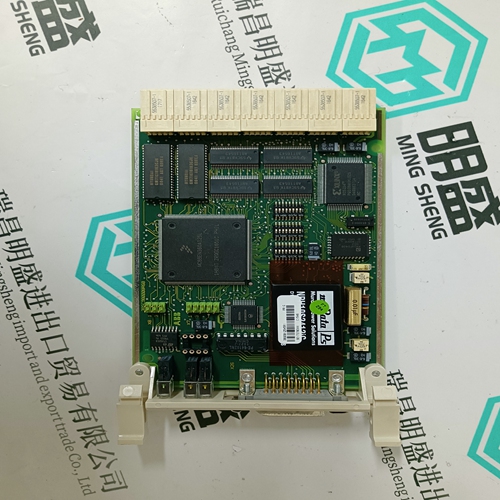Home > Product > Gas turbine system > GE VMIVME-7698 combustion engine card
GE VMIVME-7698 combustion engine card
- Product ID: VMIVME-7698
- Brand: GE
- Place of origin: The United States
- Goods status: new/used
- Delivery date: stock
- The quality assurance period: 365 days
- Phone/WhatsApp/WeChat:+86 15270269218
- Email:stodcdcs@gmail.com
- Tags:GEVMIVME-7698combustion engine card
- Get the latest price:Click to consult
GE VMIVME-7698 combustion engine card
Inputs and outputs of a standard function block Standard function blocks have inputs and outputs (see Fig.2.3) which are numbered consecutively. There are two different input types: – Interconnectable inputs (i.e. inputs which may be connected to other blocks) for a) Analog signals (EA/EAD = single/double precision analog input) and b) Binary signals (EB = binary input) These inputs may also be parameterized, (i.e. they may be assigned a fixed value) unless an additional identifier (Q code see Chapter 5.2.1.2) only allows interconnections. – Non–interconnectable inputs, which can be parameterized, for a) Analog signals (PA/EAV = single precision analog input, PAD = as PA, with double precision)b) Binary signals (PB/EBV = binary input) c) Digital numbers (I/ID) i.e. integers (e.g. for input/output module addresses and location numbers on the screen); range 0...255 (I) or –32,768...+32,767 (ID) and d) Character strings (S2, S4, S16, Sn), containing 2, 4, 16 n characters (alphanumeric text or symbols)
The results of the processing
are available at the outputs of a block and can be used for linking to other blocks. Certain plausibility tests are carried out by the system if a block input is linked or assigned parameters by the user (see Chapter 5.2.1). For example, an EA (analog input) can only be linked to another EA or an AA (analog output) but not to a binary value, digital data or string. If an input of the block SUM.6 (cf. Fig.2.4) is linked, the source of the link is addressed via – Type and block name – Output number.– Analog signals (AA/AAD = single/double precision analog output) – Binary signals (AB = binary output). are provided at the outputs as a result of block–internal processing. Together with other signals, these signals are available as input signals for subsequent function blocks.
Standard Block Processing
The configuration and operating data stored in the data record (block list, see Chap. 9) are processed in the algorithm associated with the function block. Configuration data control the algorithm, but cannot be modified during processing. Operating data can assume different values for each processing cycle. If a block is required repeatedly, it has to be installed repeatedly in the processing sequence. The data records of this function block are processed in multiplex procedure using the same algorithm (Fig. 2.6). Only the data record (block list), which is significant for the whole block (algorithm and block list), manifests to the user.






after-sale service
Focus on sales of imported industrial automation equipment
1 year professional warranty service
Our large inventory contains current and outdated products in the automation industry, if you are looking for new leftovers Products. We are knowledgeable and friendly about all outdated and legacy automation, our remaining products or discontinued parts Our internal team tests each part before delivery. Good colleagues can help you get what you need,All parts sold by AMIKON are actually in stock. With our competitive prices, we will This makes emergency transportation a solution to emergency shutdown. Haodi provides you with the necessary parts inventory A simple solution to the situation.
